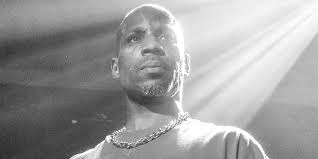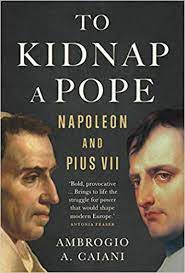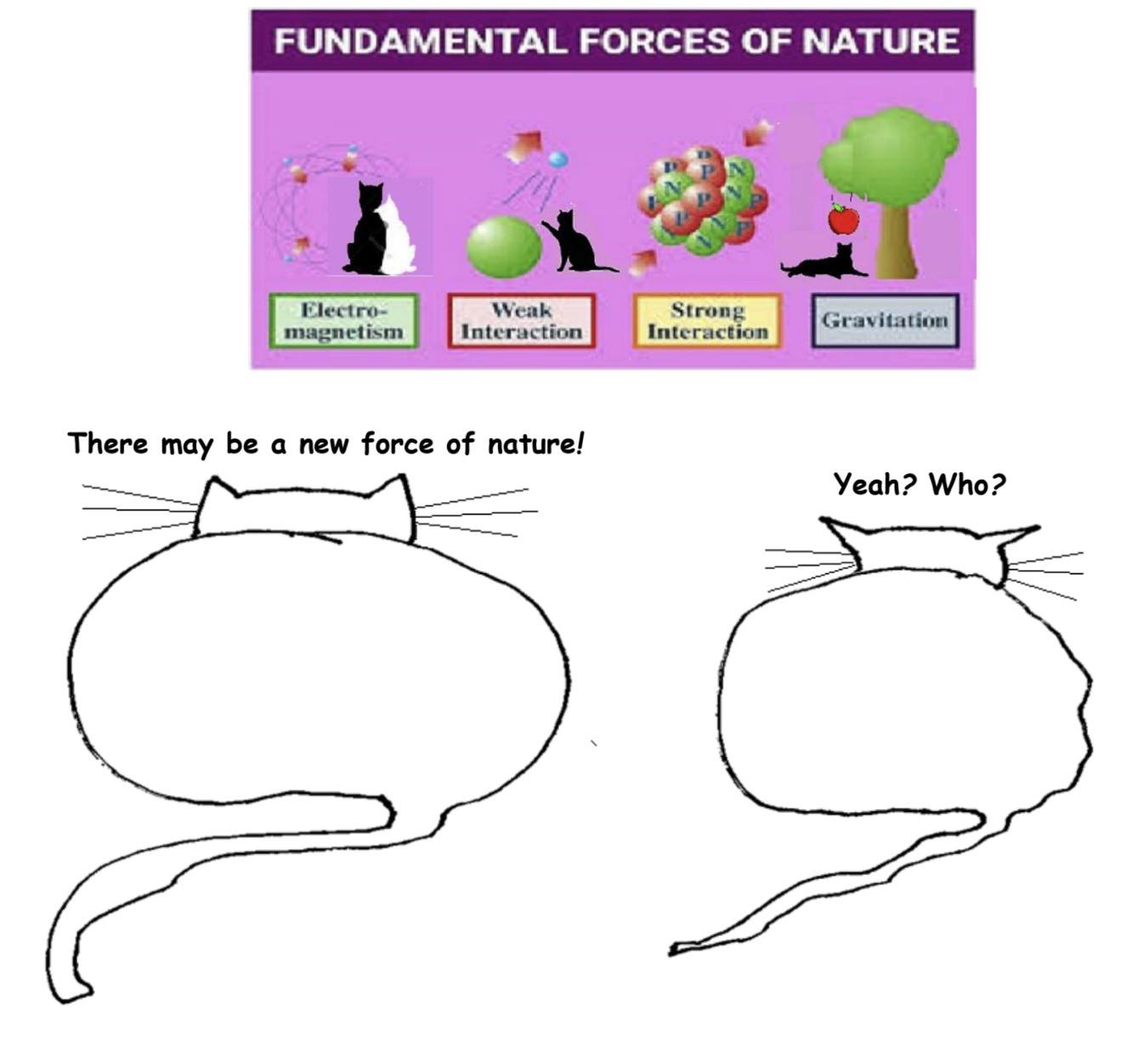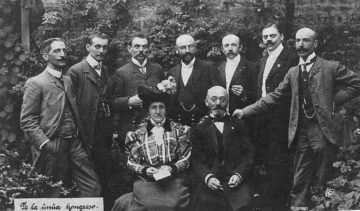From 1843 Magazine:
 Efficient folk have come up with a range of productivity techniques. Benjamin Franklin was an early advocate of the modern to-do list. Each morning America’s Founding Father jotted down tasks and asked himself: “What good shall I do this day?” Office grunts take a less virtuous approach to planning. Some practise the Pomodoro technique, a strategy of slicing your day into 25-minute chunks of intense focus with five-minute breaks in between. Many people use a task-management app as a “second brain”, storing their thoughts in the cloud for safekeeping. Productivity tools can also have the opposite effect. You may spend so long managing your time that you never get to the work itself. “Yak shaving” is a term for tasks that lead on to further tasks which distract you from your original goal. If you want to become a time-management master, don’t go anywhere near a yak with a razor.
Efficient folk have come up with a range of productivity techniques. Benjamin Franklin was an early advocate of the modern to-do list. Each morning America’s Founding Father jotted down tasks and asked himself: “What good shall I do this day?” Office grunts take a less virtuous approach to planning. Some practise the Pomodoro technique, a strategy of slicing your day into 25-minute chunks of intense focus with five-minute breaks in between. Many people use a task-management app as a “second brain”, storing their thoughts in the cloud for safekeeping. Productivity tools can also have the opposite effect. You may spend so long managing your time that you never get to the work itself. “Yak shaving” is a term for tasks that lead on to further tasks which distract you from your original goal. If you want to become a time-management master, don’t go anywhere near a yak with a razor.
Le blurring
The mixing of work and personal life (noun)
Even the French are losing their work-life balance
The French view workaholism as an unfortunate Anglo-Saxon invention. They are proud of their 35-hour work-week and all-of-August holidays. (As one French saying goes: “They live to work, we work to live”.) Despite this, French workers are more productive than British ones, on average. Now these traditions are under threat. The French are suffering from le blurring – a slipping of the once-sacred work-life boundary. The shift started with smartphones. Suddenly your boss could contact you when you were at home stirring your soup, or even on holiday. Workers “remain attached by a kind of electronic leash, like a dog,” one French politician moaned.
More here.

 He Jiankui seemed nervous. At the time, he was an obscure researcher working at the Southern University of Science and Technology in Shenzhen, China. But he had been working on a top-secret project for the last two years – and he was about to take to the podium at the International Summit on Human Genome Editing to announce the results. There was a general buzz of excitement in the air. The audience looked on anxiously. People started filming on their phones. Jiankui had made the first genetically modified babies in the history of humankind. After 3.7 billion years of continuous, undisturbed evolution by natural selection, a life form had taken its innate biology into its own hands. The result was twin baby girls who were born with altered copies of a gene known as CCR5, which the scientist hoped would make them immune to HIV.
He Jiankui seemed nervous. At the time, he was an obscure researcher working at the Southern University of Science and Technology in Shenzhen, China. But he had been working on a top-secret project for the last two years – and he was about to take to the podium at the International Summit on Human Genome Editing to announce the results. There was a general buzz of excitement in the air. The audience looked on anxiously. People started filming on their phones. Jiankui had made the first genetically modified babies in the history of humankind. After 3.7 billion years of continuous, undisturbed evolution by natural selection, a life form had taken its innate biology into its own hands. The result was twin baby girls who were born with altered copies of a gene known as CCR5, which the scientist hoped would make them immune to HIV. DMX CLOSES OUT HIS SONG
DMX CLOSES OUT HIS SONG This 5 May will mark the bicentenary of Napoleon’s death on St Helena. The occasion will no doubt be marked, as was the bicentenary of the Battle of Waterloo six years ago, by a flood of new books about the emperor, adding yet more to the estimated 200,000 already written. Given this saturation, one wonders if there is anything left to say. This fascinating book proves that there is. It does so by focusing on a crucial yet neglected aspect of Napoleon’s rule: his bitter, decade-long confrontation with Pope Pius VII. This marked an important step both in the emperor’s decline and fall, and in the evolution of the Catholic Church.
This 5 May will mark the bicentenary of Napoleon’s death on St Helena. The occasion will no doubt be marked, as was the bicentenary of the Battle of Waterloo six years ago, by a flood of new books about the emperor, adding yet more to the estimated 200,000 already written. Given this saturation, one wonders if there is anything left to say. This fascinating book proves that there is. It does so by focusing on a crucial yet neglected aspect of Napoleon’s rule: his bitter, decade-long confrontation with Pope Pius VII. This marked an important step both in the emperor’s decline and fall, and in the evolution of the Catholic Church.


 At the 100th anniversary of John Rawls’ birth back in February, some of the most generous op-eds, whilst celebrating the brilliance of his thought, lamented the torpor of his impact. ‘Rawls studies’ are by no means the totality of political philosophy, but they are one of its most significant strands, and his approach has been dominant for the past 50 years. I’m an admirer of political philosophy, having happily spent much time and energy studying it, specifically looking at theories of deliberative democracy, an area with important connections to Rawls’ thought. That political philosophy does not have much to say that is of direct practical concern does not bother me, the sense that it is not just uninfluential, but is disconnected from the reality of the present moment does though.
At the 100th anniversary of John Rawls’ birth back in February, some of the most generous op-eds, whilst celebrating the brilliance of his thought, lamented the torpor of his impact. ‘Rawls studies’ are by no means the totality of political philosophy, but they are one of its most significant strands, and his approach has been dominant for the past 50 years. I’m an admirer of political philosophy, having happily spent much time and energy studying it, specifically looking at theories of deliberative democracy, an area with important connections to Rawls’ thought. That political philosophy does not have much to say that is of direct practical concern does not bother me, the sense that it is not just uninfluential, but is disconnected from the reality of the present moment does though. Anderson Ambroise. Rubble Sculpture.
Anderson Ambroise. Rubble Sculpture.

 I don’t think I saw an actual daffodil until I was 19, although I had admired the many varieties I saw pictured in bulb catalogs and even—I hesitate to admit this—written haiku about daffodils (at 14, in an English class). When my first husband and I drove through Independence, Missouri, early in our marriage, I saw my first daffodils, a large clump tossing their heads in a sunshiny breeze. Wordsworth flashed upon my inner ear, and as I remember it, I recited “And then my heart with pleasure fills, and dances with the daffodils!” (If I did in fact say that, I’m sure I added the gratuitous exclamation point.) My husband, who was driving, gently asked me to return my attention to the map (I was navigating).
I don’t think I saw an actual daffodil until I was 19, although I had admired the many varieties I saw pictured in bulb catalogs and even—I hesitate to admit this—written haiku about daffodils (at 14, in an English class). When my first husband and I drove through Independence, Missouri, early in our marriage, I saw my first daffodils, a large clump tossing their heads in a sunshiny breeze. Wordsworth flashed upon my inner ear, and as I remember it, I recited “And then my heart with pleasure fills, and dances with the daffodils!” (If I did in fact say that, I’m sure I added the gratuitous exclamation point.) My husband, who was driving, gently asked me to return my attention to the map (I was navigating).


 In 1887 Ludwik Zamenhof, a Polish ophthalmologist and amateur linguist, published in Warsaw a small volume entitled Unua Libro. Its aim was to introduce his newly invented language, in which ‘Unua Libro’ means ‘First Book.’ Zamenhof used the pseudonym ‘Doktor Esperanto’ and the language took its name from this word, which means ‘one who hopes.’ The picture shows Zamenhof (front row) at the First International Esperanto Congress in Boulogne in 1905.
In 1887 Ludwik Zamenhof, a Polish ophthalmologist and amateur linguist, published in Warsaw a small volume entitled Unua Libro. Its aim was to introduce his newly invented language, in which ‘Unua Libro’ means ‘First Book.’ Zamenhof used the pseudonym ‘Doktor Esperanto’ and the language took its name from this word, which means ‘one who hopes.’ The picture shows Zamenhof (front row) at the First International Esperanto Congress in Boulogne in 1905.